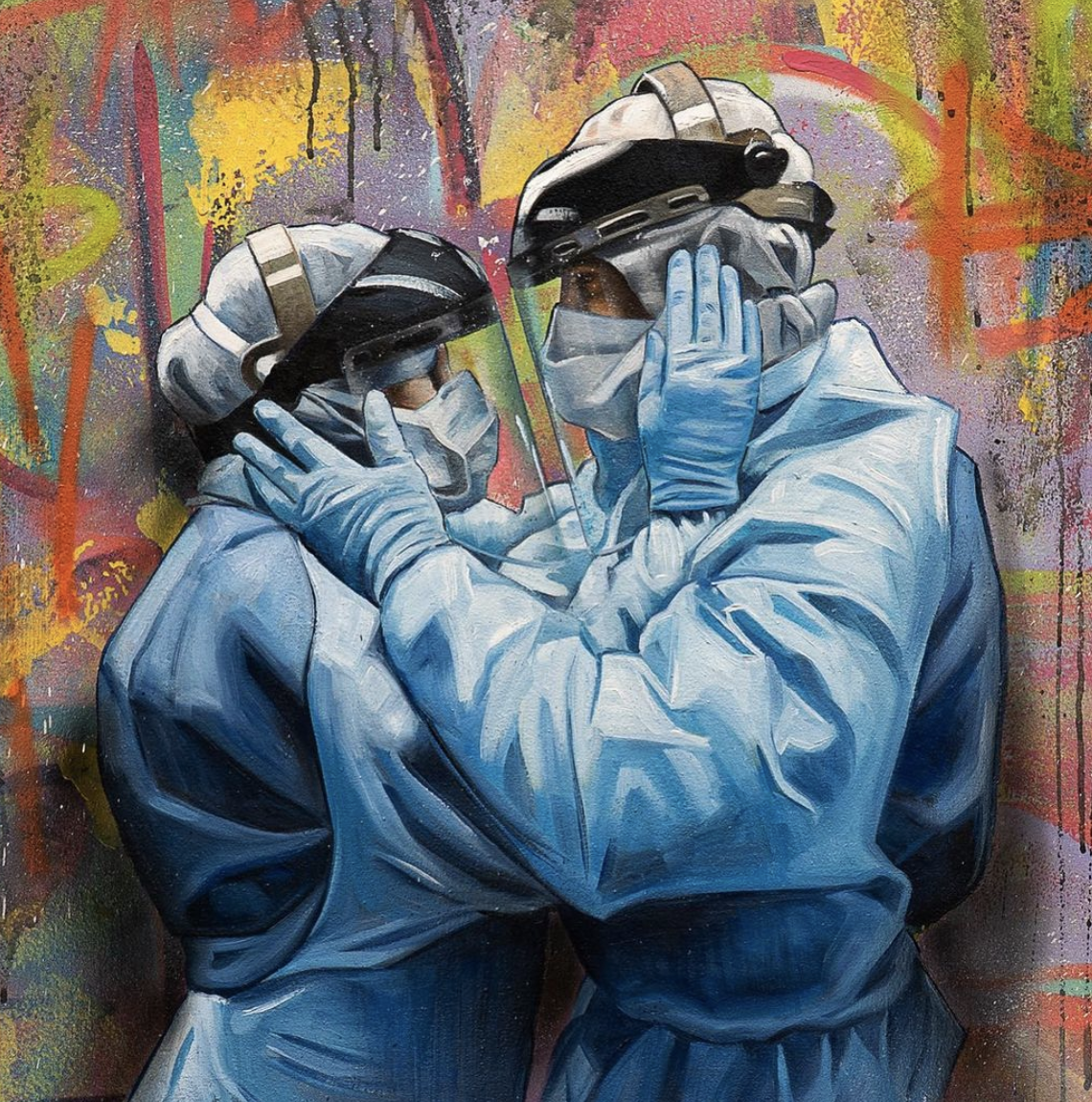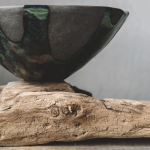Art springs as a light of hope and perseverance during times of crisis. Throughout history, artists have faced unfortunate circumstances by creating works that reflect on, critique, and frequently transcend their stormy times. Each episode of crisis leads to its own specific art forms, from the catastrophic outcomes of pandemics and wars to the societal upheavals of economic downturns. These works of art not only reflect the societal consciousness of their time, but also provide insight into mankind’s capacity for creativity under duress. This article plunders into several pivotal historical times, highlighting how artists responded to significant world crises. We acquire a better grasp of art’s transforming ability in the face of hardship via these investigations, which provide a captivating story of struggle, adaptation, and artistic revolution.
The Black Death and The Renaissance (14th-17th Century):
The Renaissance evolved amid the horrors of the Black Death as an era of cultural flowering. In response to the chaos, artists such as Leonardo da Vinci and Michelangelo established paintings that glorified humanism and beauty. The “Mona Lisa” by Leonardo da Vinci and the Sistine Chapel ceiling by Michelangelo are indicative of this era’s shift toward greater emphasis on humanity and emotionally profound art.
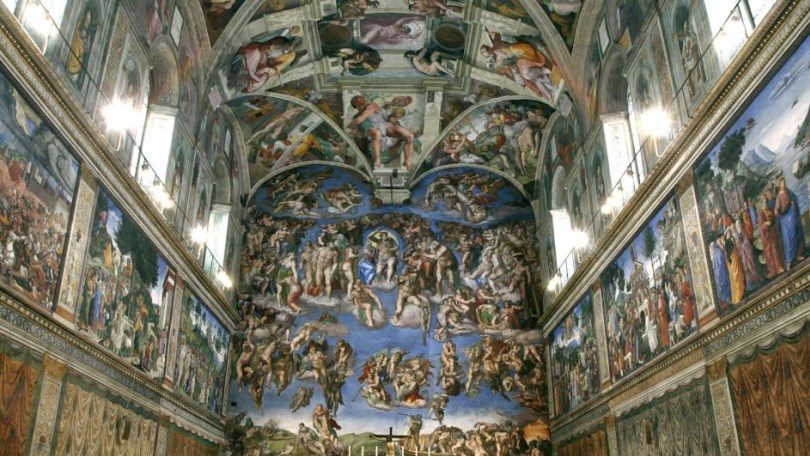
Spanish Flu and the Roaring Twenties (1918-1929):
Art reflected the social sigh of relief and the quest of joy during World War I and throughout the Spanish Flu pandemic. Art Deco and surrealism excelled during this time period. “The Persistence of Memory” by Salvador Dali and “Portrait of Ira P.” by Tamara de Lempicka illustrate the period’s attachment with dreams, luxury, and modernism.

Great Depression and Social Realism (1930s):
The Great Depression led to the emergence of Social Realism. Artists like Dorothea Lange and Diego Rivera highlighted common people’s struggles. Lange’s “Migrant Mother” powerfully captures this period’s difficulties. Rivera’s Detroit Industry Murals depict the era’s challenges. Both works exemplify the human spirit’s resilience.
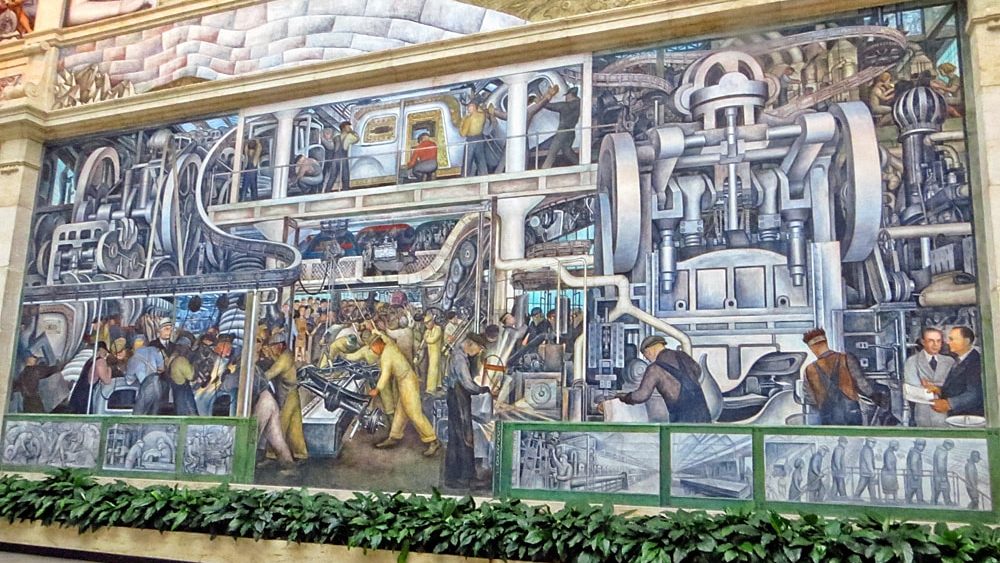
World War II and Abstract Expressionism (1940s-1950s):
The tragedies of WWII drove many artists to withdraw inside, giving rise to abstract Expressionism. Jackson Pollock’s drip paintings and Mark Rothko’s color fields expressed complicated emotions as well as the era’s existential crisis.
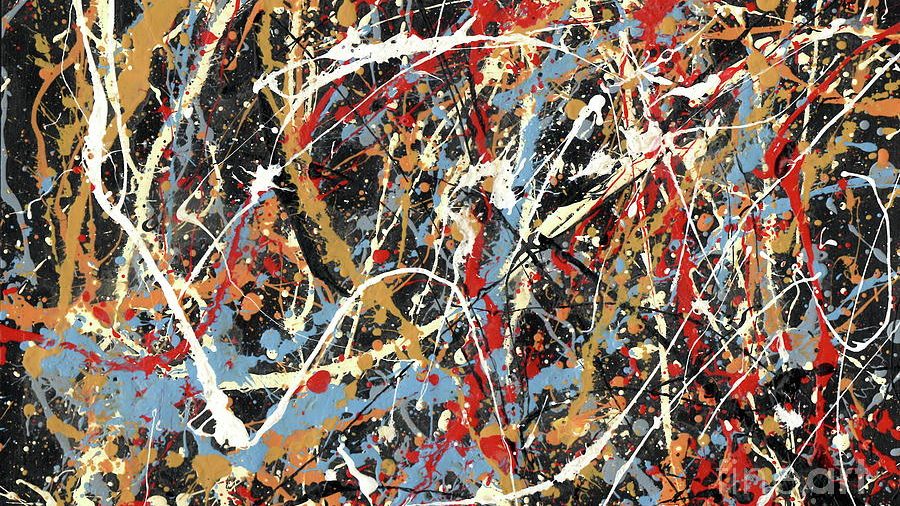
Cold War and Pop Art (1950s-1960s):
Pop Art took place during the Cold War as a reaction to materialism and mass media. Andy Warhol’s “Marilyn Diptych” and Roy Lichtenstein’s “Whaam!” are both legendary for their sardonic comments on popular culture and the smallest details of everyday life in the midst of political turbulence.
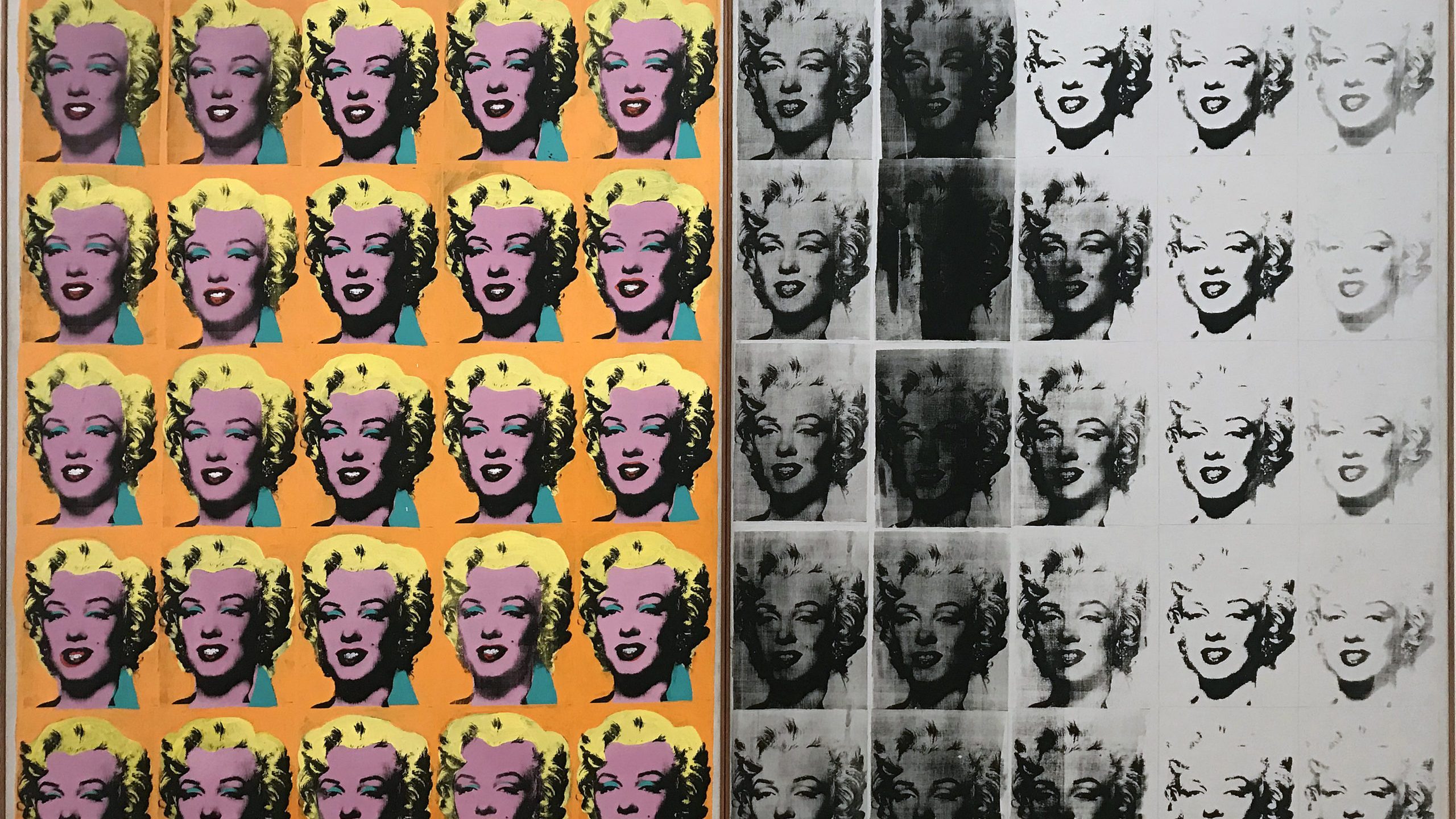
HIV/AIDS Epidemic and Activist Art (1980s-1990s):
Activist art blossomed throughout the HIV/AIDS pandemic of the 1980s and 1990s. In the middle of the global flu outbreak, artists like as Keith Haring, with “Ignorance = Fear,” and Felix Gonzalez-Torres, with “Untitled” (Portrait of Ross in L.A), utilized their artistic endeavors for advocacy, expressing feelings of sorrow and compassion, also requesting political action.
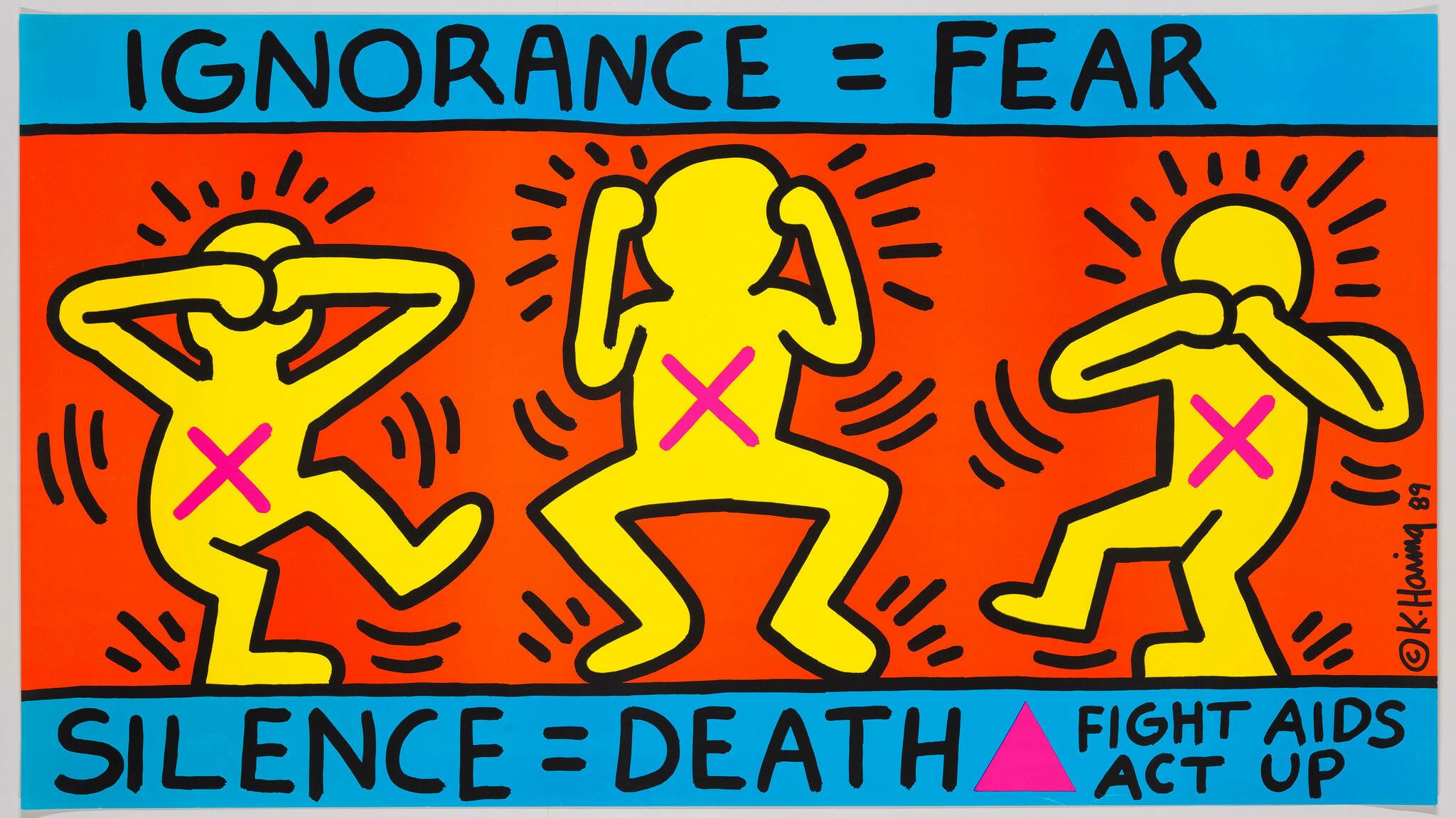
Global Financial Crisis and Street Art (2008s-2010s):
The 2008 financial crisis prompted an expansion in street art, with artists such as Banksy using public places to criticize capitalism and social inequity. Banksy’s “Girl with Balloon” and “There is Always Hope” artwork are both powerful emblems of resistance and political satire.
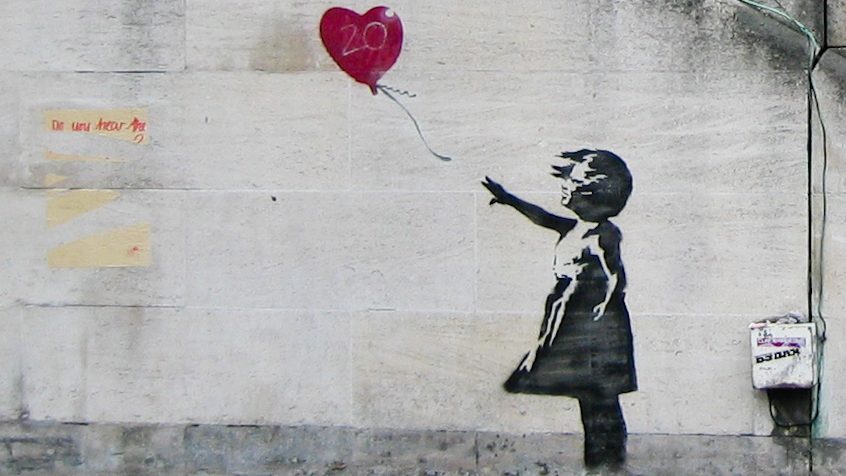
COVID-19 Pandemic and Digital Art (2020-Present):
The COVID-19 epidemic sparked a digital art revolution. Artists turned to virtual reality and digital media. They expressed feelings of loneliness and uncertainty. Beeple’s “Everydays: The First 5000 Days” epitomizes this shift. It focuses on our interconnected, tumultuous modern world.
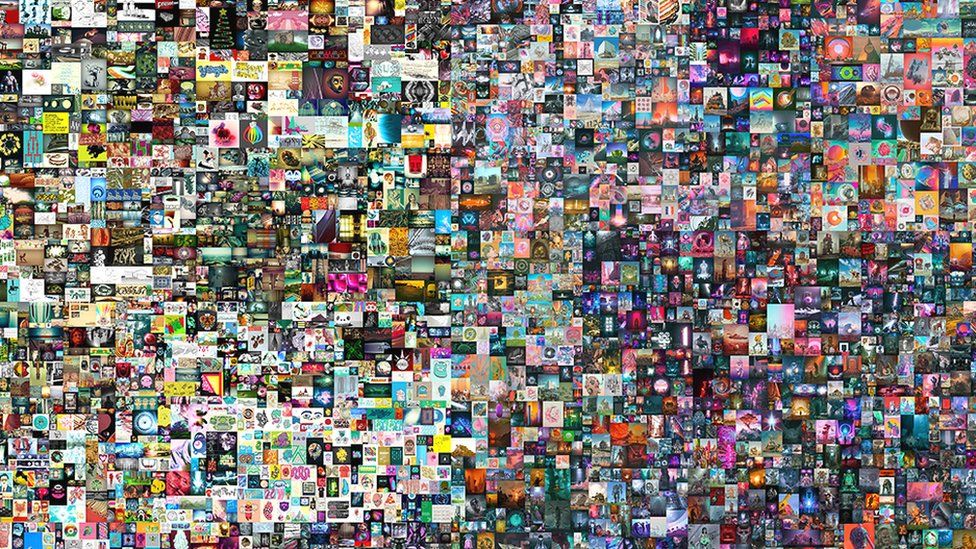
Eventually, art acts as a constant beacon through history’s most difficult periods, expressing humanity’s persistent spirit. From the Black Death to the COVID-19 pandemic, each crisis has spawned diverse art movements that represent optimism in the midst of sorrow. These movements, whether Renaissance classic works or digital art innovations encapsulate the mood of their era. They provide an understanding of human resilience by reflecting our shared difficulties and successes. Art in times of crisis is more than a chronicle of events. It stands as a monument to tour inventiveness and strength. This artistic heritage continues to inspire and console us. It reaffirms that beauty and expression thrive, even in difficult situations.

